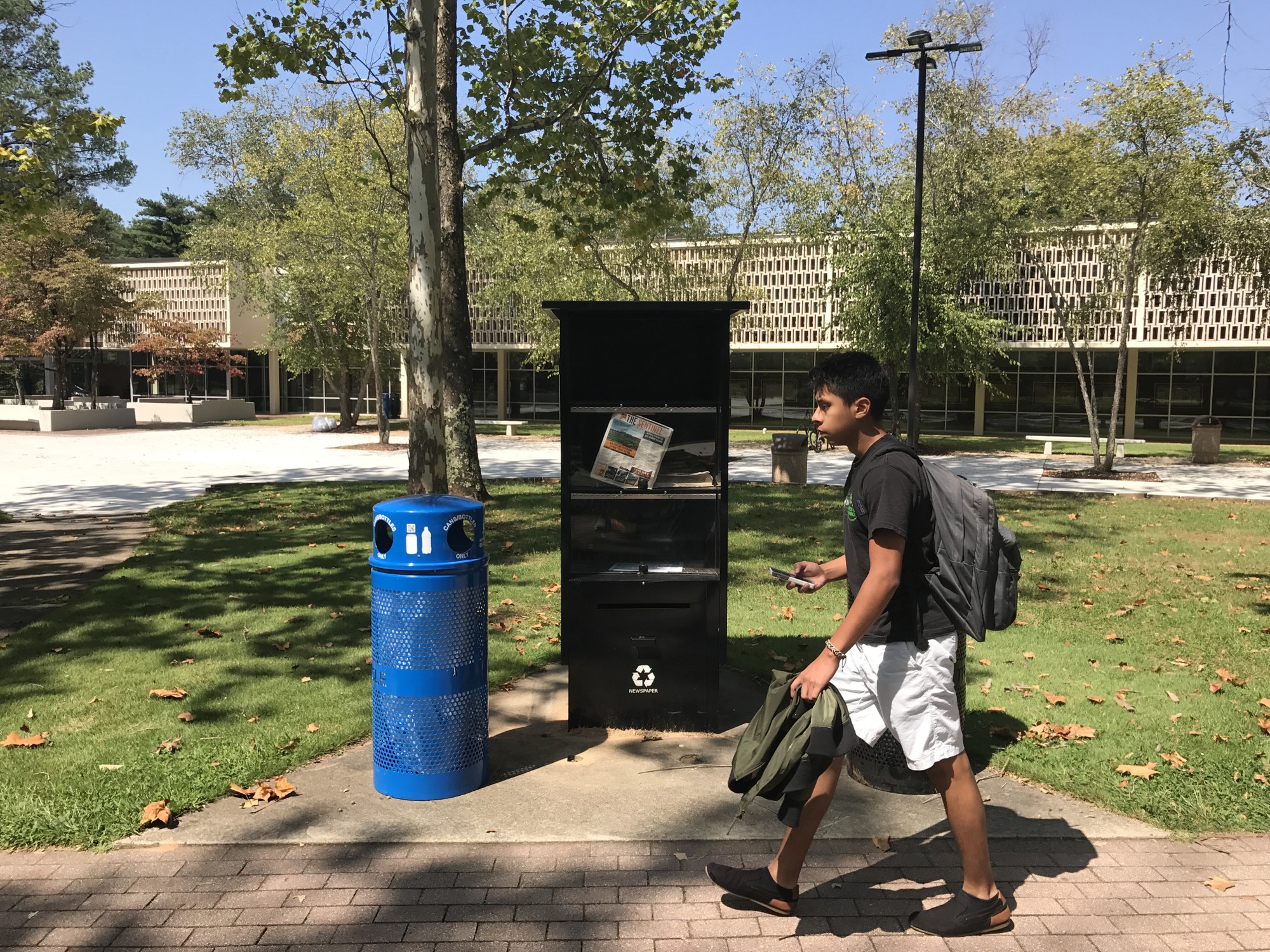With flu season around the corner and another wave of the pandemic incoming, many are preparing for a “Twindemic,” a simultaneous spike in influenza and coronavirus cases.
Although influenza seemed to take a back seat to the coronavirus pandemic, the infamous virus is predicted to make a full return this winter. The Center for Disease Control and Prevention estimated the flu resulted in 35 million related illnesses between 2019 and 2020.
This year, health officials are expecting one of the highest numbers in both COVID and influenza cases, with influenza numbers possibly bypassing COVID numbers.
As a result of these concerns, the flu vaccine has begun to circulate in staggering numbers. According to the CDC, 71.44 million doses have been administered by Sept. 17. A new COVID booster became available to people 12 years and older on Sept. 1, according to a CDC press release. This updated booster targets the more recent Omicron variant of the virus.
“They can help restore protection that has waned since previous vaccination and were designed to provide broader protection against newer variants. This recommendation followed a comprehensive scientific evaluation and robust scientific discussion,” CDC Director, Dr. Rochelle Walensky said, “If you are eligible, there is no bad time to get your COVID-19 booster and I strongly encourage you to receive it.”
Influenza manufacturers are projected to supply the United States with between 173.5 million to 183.5 million doses of Influenza vaccines in preparation for the upcoming Flu season. So far, the CDC has not reported any delays in vaccine distribution or access to supplies.
Experts have given the warning of an early flu season with a surge in COVID cases to begin in early fall. In previous years, flu season usually peaked around December to February and began around theend of October. This current flu season, those numbers have changed with the addition of COVID, and are expected to begin in the early days of October. Many states are calling for their citizens to get vaccinated early as more predictions of an early flu season circulate.
During this flu season, many clinics, hospitals and universities are offering low-cost influenza shots to combat the possible “Twindemic” on the rise. Kennesaw State University’s Student Health Department is offering flu vaccines to students and staff to combat the spread of the virus. Covid vaccines are also available for students to receive in an effort to help keep themselves, their campus and their community safe.
Individuals can stay up to date on vaccine availability and the spread of both viruses through the CDC’s online resources.
Many university students are opting to complete courses virtually at higher rates, according to a study by the National Center for Education Statistics. This could assist with slowing the spread of both viruses; as one of the reasons flu numbers dropped so drastically was due to the stay-at-home and social distancing mandates previously in place. With 68% of the world currently vaccinated against Covid, the flu vaccine is the subsequent immunization in high demand.



